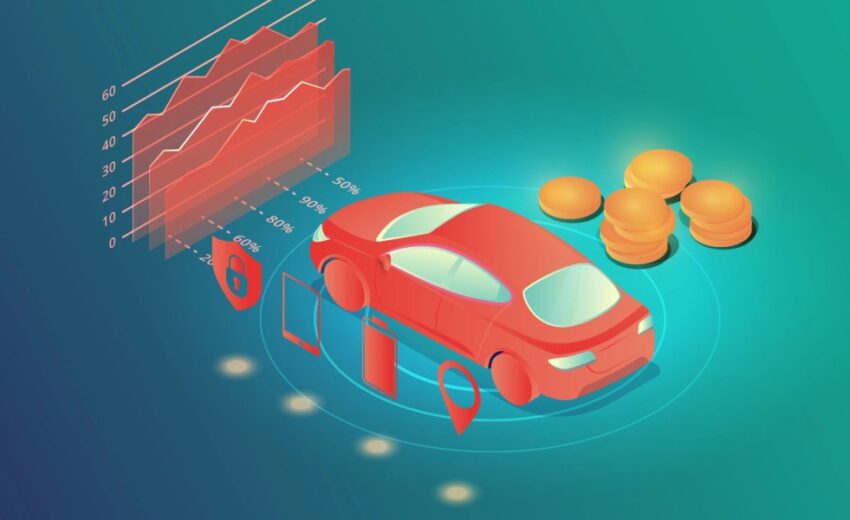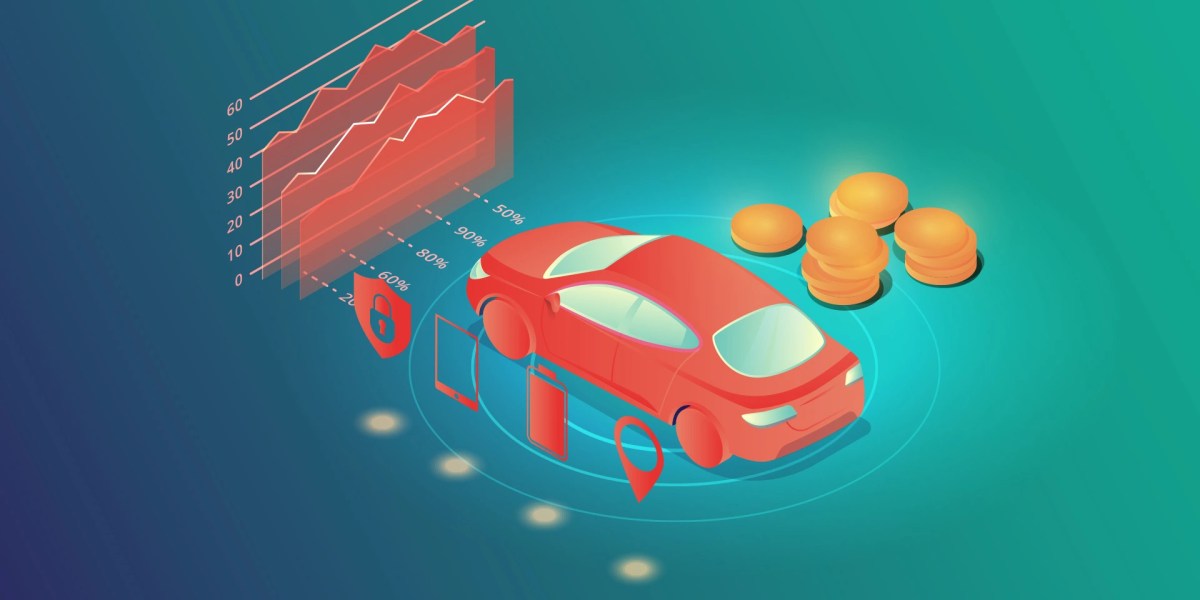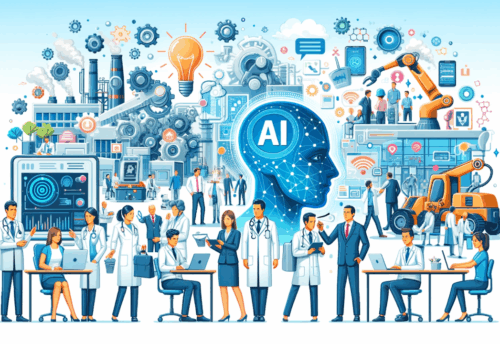
How Ford and Rival OEMs Are Pursuing Recurring Revenue from Customer Services

Automakers want to capture a larger percentage of their customers’ lifetime value than they do today. As newcomer automakers, led by Tesla, are already demonstrating, to achieve this goal incumbents will need to offer services that the customer finds relevant.
On Monday, Ford announced the creation of the Integrated Services Unit to provide such services to consumer and business customers, named Peter Stern to lead it and stated that it already has 550,000 subscribers for the services it already offers. To achieve their goal, OEMs must establish direct relationships with their customers, create new customer experiences, capitalize on the capabilities of their Software-Defined Vehicles, and utilize AI to better understand their customers’ behavior so that they can match their needs to the services they offer.
Our changing views on mobility and the activities that are now part of the automotive customer experience represent a challenge and an opportunity for the automaker. It is a challenge because the automaker must now address activities that it didn’t have to before. For example, the charging of electric vehicles is now viewed as part of the automotive customer experience. Tesla made it so. It is an opportunity because, by analyzing each customer’s mobility-related data the automaker can learn, in a privacy-preserving way, the customer’s mobility behaviors inside and outside their privately owned vehicle. By combining the understanding of these behaviors with the customer’s lifetime value the OEM can then determine how much the customer can afford to invest in mobility. In my forthcoming book, The Flagship Experience, I analyze these challenges, present the new customer experience, which I call the Flagship Experience, that can take advantage of the opportunities, and discuss the transformations the OEMs must undertake to capture them including the setting up of new organizations and the hiring of the right talent, as Ford and other automakers have been doing.
The ongoing monetization of the customer will require the incumbent automaker to take steps that may prove painful and expensive. They need to become customer-centric, establish direct relationships with their customers, and own them. Today automakers are vehicle-centric. The dealer owns the majority of the customer relationship. Transitioning the ownership of this relationship will not be easy because it negatively impacts the dealer’s economics. It will also necessitate the automaker to take on a role they haven’t had for decades. While there may be an ongoing role for the dealer as relationship ownership changes, the question will be whether the large corporations, like AutoNation, that manage the dealerships today, at least in the US, will accept the new role.
Many aspects of our lives are part of our digital existence, e.g., communication, shopping, entertainment, health monitoring, productivity, and socialization. Mobility entered our digital lives as soon as we started using our smartphones to access app-based mobility services, such as ride-hailing. Understanding each customer means gathering data about the physical and the digital life, and gathering data means instrumenting the customer journey. The companies that today dominate the digital life experience, e.g., Google, Apple, and Amazon, are already aggressively trying to capture parts of the automotive experience as well. To succeed in their customer monetization efforts, automakers must find ways to be part of their customers’ digital lives by offering services under value propositions that the customer will find difficult to turn down. To date, the mobile applications released by automakers have not been received well. Instead, as the Flagship Experience presents, incumbent automakers need to approach the customer experience as an end-to-end customer journey that covers the entire relationship between the OEM and the customer starting at the time the customer first interacts with the OEM’s brand, and ending when the customer no longer owns any of the OEM’s vehicles.
During the customer journey, the OEM will need to capture a variety of data to understand the customer’s mobility behavior. Today they capture data during the pre-sales stage of the customer journey, e.g., a prospect’s visit to the OEM’s website during the awareness phase of the customer journey, telematics data from the vehicle, and service data while the vehicle is under warranty. However, OEMs capture relatively little other data to help them understand how the customer uses their privately owned vehicle, e.g., how they behave when they commute (do they stop for coffee? where do they park?), where, when, and how frequently they charge their electric vehicle, etc. The analysis of this data will enable OEMs to create individual customer profiles that are necessary for determining what services to create and what recommendations to make to each customer.
The understanding derived from the exploitation of the data they capture will be used to determine what features and services to offer. In the book I distinguish between brand-defining features and services, i.e., those that the customer expects to see in every vehicle the OEM offers; model-defining, i.e., those that are expected in every vehicle of a specific model, and personal, i.e., those that the customer acquires when initially configuring the vehicle, or during the ownership period.
As I point out in the new book, the Software-Defined Vehicle, and AI are key ingredients to the new customer experience. The Software-Defined Vehicle is not only a big data generator, but its updatability and configurability enable the OEM to install over-the-air new features and services licensed or purchased by the vehicle’s owner, as well as update ones that were previously acquired. Data generation, updatability, and configurability provide unique advantages to the OEM for responding to stated and anticipated customer needs, a hallmark of customer centricity. AI is the key technology for understanding the large volumes of multifaceted data that will need to be collected and analyzed during the end-to-end customer journey associated with the Flagship Experience to achieve the level of customer understanding that is necessary for anticipating customer needs and recommending the services that will address them.
As I pointed out in my article about Ford’s recent CMD, the automaker is taking the right steps to build a viable services business. These businesses have better margins, a point that is not lost on Ford or any of the other automakers that are also pursuing this strategy. Hiring Peter Stern who is an executive experienced in building such businesses is also the right step. However, building a successful business will require Ford and every other incumbent automaker to undertake painful and expensive transformations to their business, and hire the right people to support executives such as Stern. It will not take long to determine whether the incumbent automakers have the stomach and their shareholder support for undertaking and bringing to the successful conclusion these radical transformations the likes of which we have not seen in over fifty years.




Leave a Reply